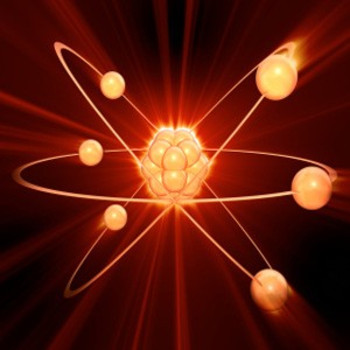Question #8c346
1 Answer
An oocyte is immature and will develop into a mature ovum. The corpus luteum is what remains after ovulation.
Explanation:
Female reproductive cells mature inside the ovaries in several steps. It starts with an oogonium that grows and is then called an oocyte. These are still immature cells that will undergo meiosis and will form one ootid and two 'polar bodies' (remnants). This ootid finally matures into an ovum (see image below).
When an ovum is fully developed it is ready to be fertilized and ovulation can occur. After ovulation an empty follicle remains that develops into the corpus luteum ('yellow body' - see image below).
This corpus luteum temporarily produces the hormones estrogen and progesterone. These make sure that the uterus is ready for implantation of a fertilized ovum:
- when the ovum is fertilized the corpus luteum will stay active for another ~20 weeks.
- when the ovum is not fertilized , the corpus luteum regresses and turns into an inactive corpus albicans ('white body') in about 2 weeks.
 )
)

